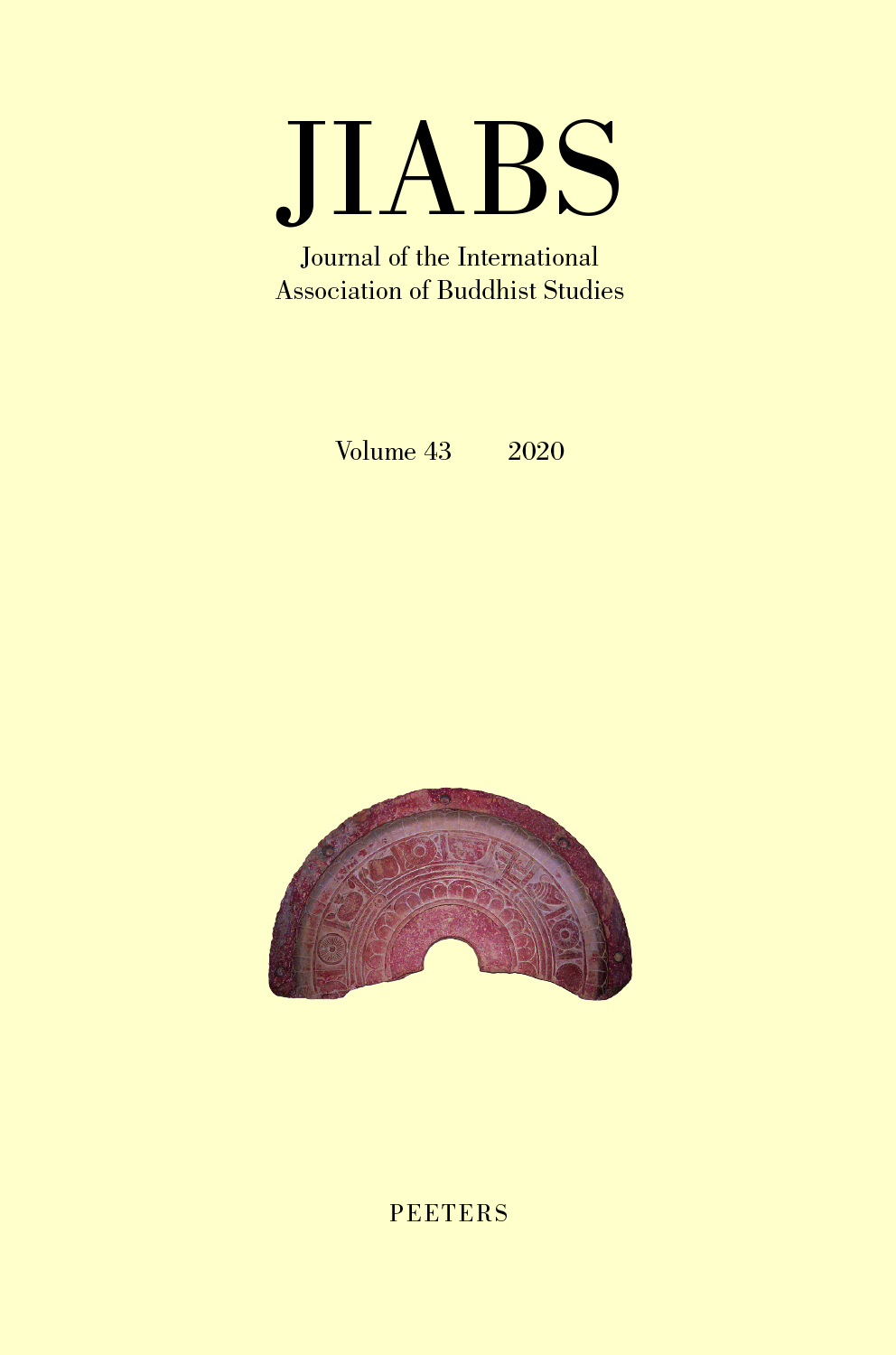 previous article in this issue previous article in this issue | next article in this issue  |

Preview first page |
Document Details : Title: Tsongkhapa as a mahāsiddha Subtitle: A Reevaluation of the Patronage of the Gelukpa in Tibet Author(s): IUM, Michael Journal: Journal of the International Association of Buddhist Studies Volume: 45 Date: 2022 Pages: 73-117 DOI: 10.2143/JIABS.45.0.3291577 Abstract : This paper offers a reevaluation of the early patronage of the Geluk (Dge lugs) tradition in Tibet in the fifteenth century. Due to modernist biases and an overemphasis on the Gelukpa as embodying one pole within various dichotomous formulations favored by historians of religion (for instance, as clerical rather than shamanic), existing accounts of this patronage emphasize the importance of Tsongkhapa’s (Tsong kha pa, 1357-1419) virtue and erudition, leading some scholars to conclude that charisma and magical power were inconsequential to the growth of the tradition. Instead, I argue that Tsongkhapa’s status as a mahāsiddha or 'great adept' of Buddhist Tantra was a primary factor in his gaining patronage from the political elites of the Pakmodrupa (Phag mo gru pa) Dynasty. This status was mediated by the endorsement of the mahāsiddha Lhodrak Namkha Gyeltsen (Lho brag grub chen Nam mkha’ rgyal mtshan, 1326-1401) and then popularized in later biographical works (as well as within Tibetan paintings) as the 'five visions of the Lord [Tsongkhapa]' (rje gzigs pa lnga ldan). This status also stimulated continuing patronage of the tradition, even after Tsongkhapa’s passing. |
 |


